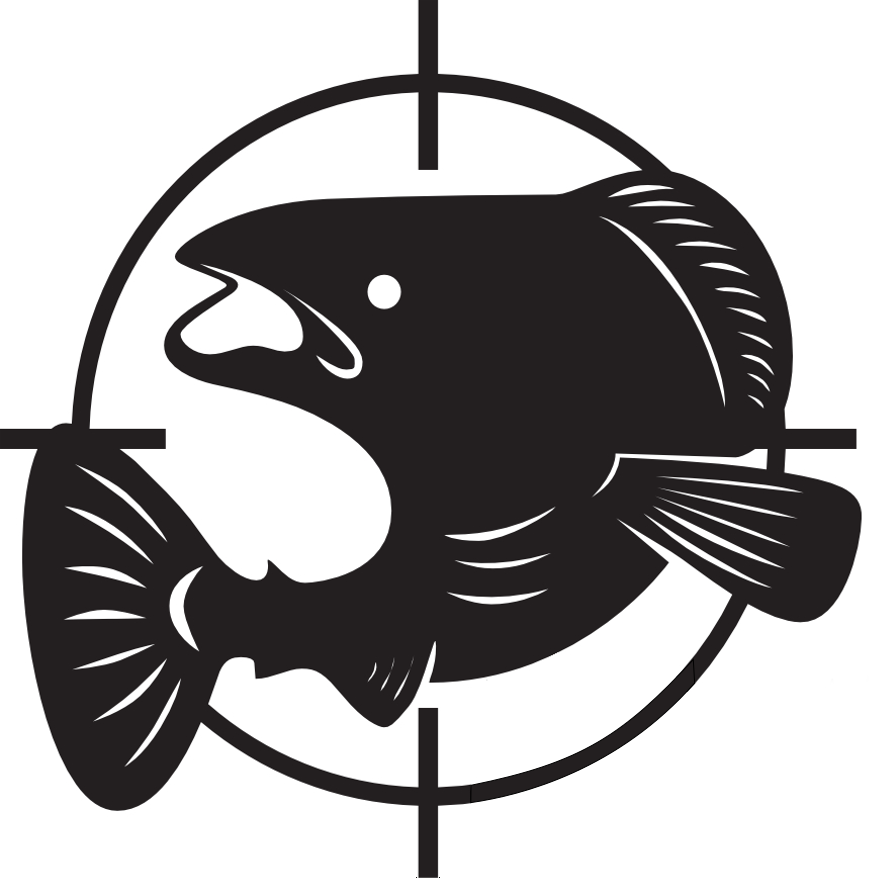Where did all the curly tail worms go? Why and when did straight tailed worms get so popular? Back in the 1990s the "finesse" style of bass fishing became the hot way to fish for bass here in California. It involved using 4 to 6 lb test monofilament line, an Aberdeen style worm hook rigged Texas style into a small 4" curly tailed plastic worm, and a round split shot crimped on the line about a foot or so above the worm. This would be cast out and retrieved with a slow steady retrieve along the bottom so that the tail of the worm would "swim" looking like a small shad or baitfish. The bend of the hook acted like a keel and stopped the worm from spinning around avoiding line twist. Many western bass fishermen, including myself had great success with this method. I still do.
Although there are numerous makes of small plastic worms that feature a curly tail, most do not have any swimming action with a slow retrieve because the tails are either too short or too stiff. One of the most popular worms for the true original finesse bass fishing was Kalin's 4" Salty Finesse Worm. It had a longer softer tail than other brands, but the body was firm. I don't think these particular worms are made any more. Sure you can fish a straight worm with a split shot, but there is no great swimming action from the bait other than what the angler does with his fishing rod to impart some kind of motion to the bait.
Although there are numerous makes of small plastic worms that feature a curly tail, most do not have any swimming action with a slow retrieve because the tails are either too short or too stiff. One of the most popular worms for the true original finesse bass fishing was Kalin's 4" Salty Finesse Worm. It had a longer softer tail than other brands, but the body was firm. I don't think these particular worms are made any more. Sure you can fish a straight worm with a split shot, but there is no great swimming action from the bait other than what the angler does with his fishing rod to impart some kind of motion to the bait.

 Home
Home
























